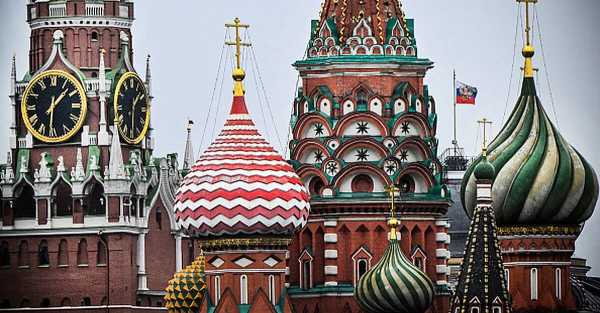
The Russian Federation, led by Vladimir Putin, has expelled a diplomat from Britain and his wife, accusing them of spying.
They were accused of conducting intelligence operations under the guise of a diplomatic mission in Moscow.
They have been ordered to leave the country within two weeks, Russian news agency TASS reported, citing the FSB.
“As a result of counterintelligence activities by the Federal Security Service, a hidden presence of British intelligence agencies was established under the cover of that country’s embassy in Moscow,” the FSB said in a statement cited by TASS.
It was the latest episode in a series of mutual expulsions involving the British embassy in Moscow and the Russian diplomatic mission in London.

In February, the Foreign Office revoked the accreditation of a Russian diplomat, and David Lammy said Britain had “no intention of apologising” in its stand-off with Mr Putin.
The move was a response to what the Foreign Office called an “unreasonable” decision to expel a British diplomat from Russia on suspicion of spying last November.

Russian spy network found guilty of ‘industrial scale’… Read more
The expulsion also comes amid a major criminal investigation that has seen six
Sourse: breakingnews.ie